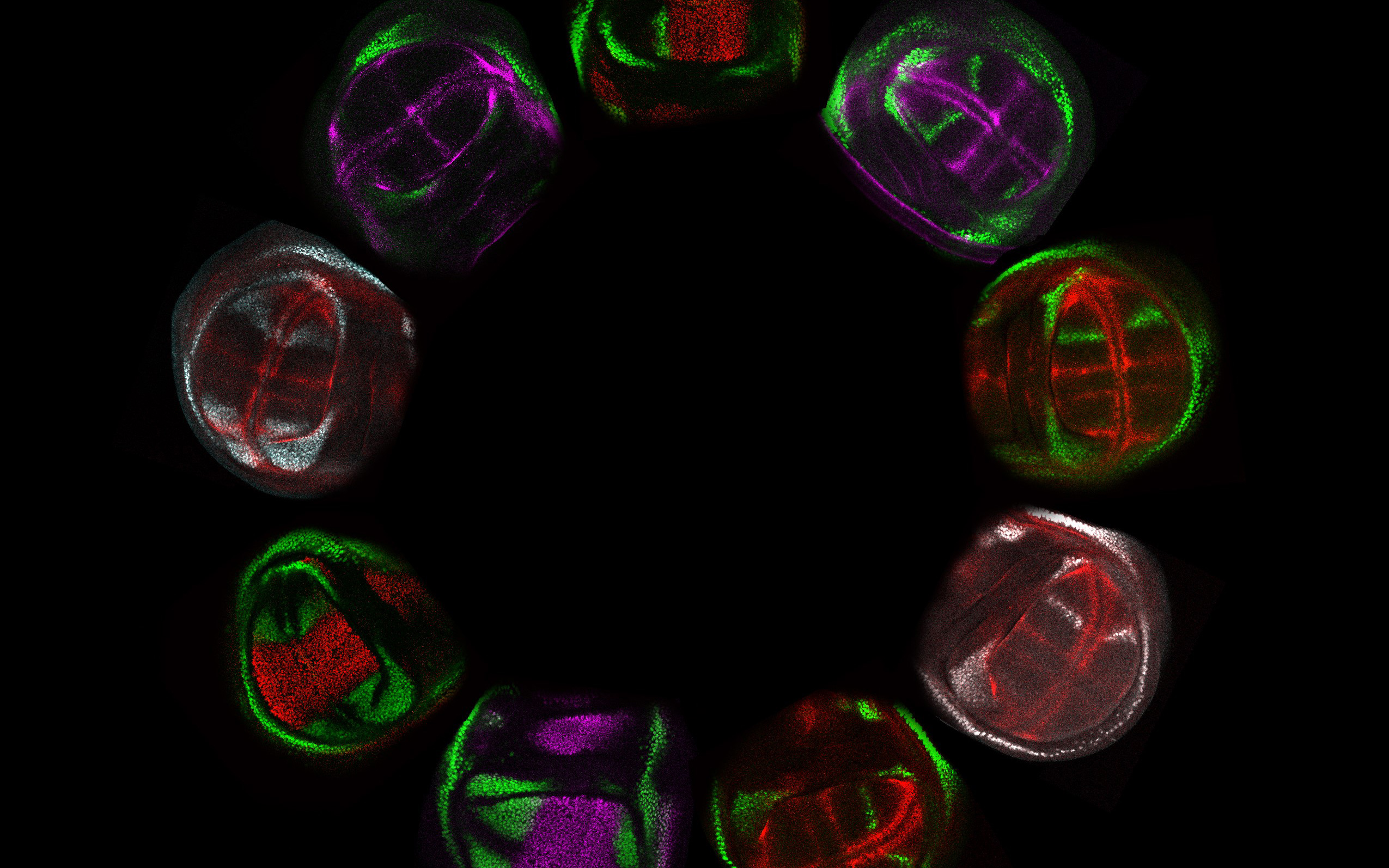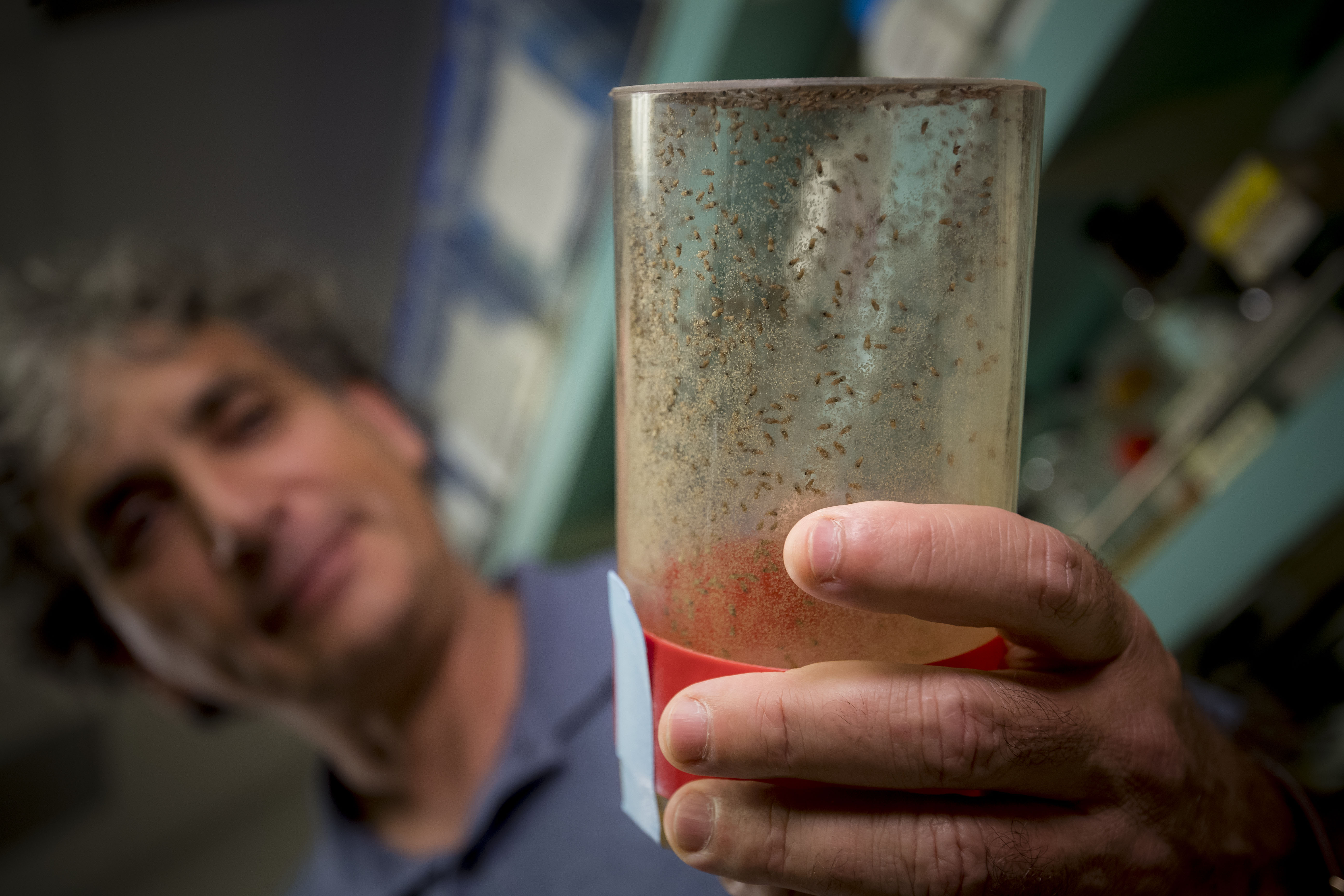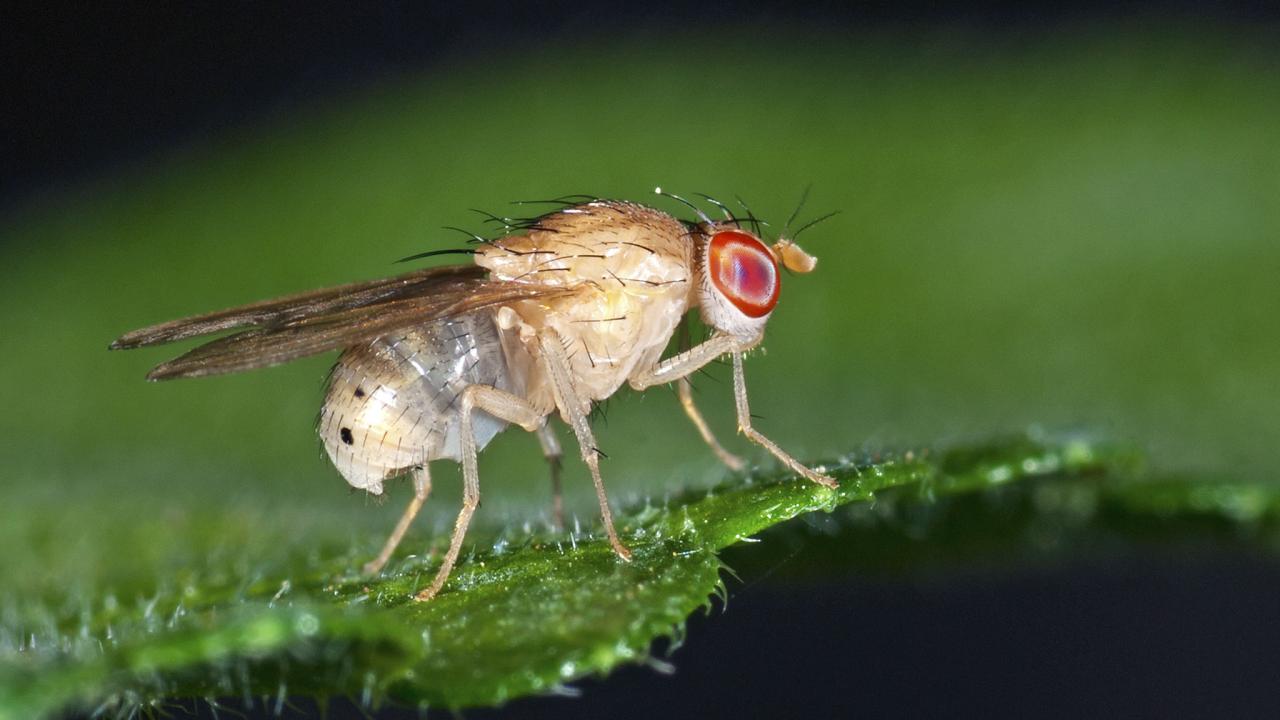Active Genetics Paves Way for Advances in Synthetic Biology
We are all very well aware of Mendelism. Though he was not aware of the concept of genes at the time was his experiments, Mendel essentially worked out that pea plants had two copies of each gene, and that each copy had a 50% chance of being passed on to
any one offspring. Yet not all genes actually follow this pattern of inheritance.The non-Mendelian transmission of heritable traits or known as Active Genetics, takes place by means of self-propagating genetic elements. It was first conceived and developed at UC San Diego in pioneering work on the fruit fly, Drosophila melanogaster (Gantz and Bier, 2015).
It is an exciting new technology that can also be used to bypass prohibitive constraints imposed by standard genetic methods to permit aggregation of multiple naturally occurring genetic variations in crop strains. It has immense potential in transforming health and agriculture.
Immediate targets of active genetics included gene-drive systems for immunizing mosquitoes against vector borne diseases such as malaria. Bier and Gantz also proposed using active genetics for a variety of other potential human health and agricultural benefits.

A research team now, led by Shannon Xu, together with Gantz and Bier, has employed CRISPR/Cas9 in order to edit gene regulatory elements in their native genomic environments, revealing new fundamental mechanisms that control gene activity. Their work also provides experimental validation for using active genetics as an efficient means for targeted gene insertion, or “transgenesis,” and single-step replacement of genetic control elements.
To understand mechanisms controlling gene activity in space and time, the researchers analyzed the genetic control of a gene responsible for coordinating the formation of a simple structure in fruit flies—a wing vein—during its development.
The team used a new active genetic element called a CopyCat element and more traditional genome editing to analyze the control of a gene that coordinates the formation of a simple structure in a fruit fly – a vein in the wing. So-called “CopyCat” cloning vectors offer the potential to be inserted precisely into the genome at any desired location and then get copied with high efficiency from one parental chromosome to another so that all offspring inherit the CopyCat element.

As a result, the researchers found evidence for a new potential form of interaction between chromosomes that contributes to the control of gene activity. These observations raise the intriguing possibility that similar forms of cross-talk between chromosomes may occur in other organisms and might eventually define potential targets for epigenetic intervention.
Additionally, their work demonstrates significant advantages of editing gene regulatory sequences in their native location to uncover new functionalities. This leads to a better understanding of how control switches work to turn genes on and off in the body. Perhaps most importantly, these studies demonstrate the general utility of active genetics as a platform for engineering new organisms with novel traits.
“These advances should encourage other researchers to employ active genetics in a broad range of organisms to enable and accelerate their research,” said Xu.
“This knowledge may eventually lead to biological design based on first principles. That is, acquiring the knowledge to engineer organisms with specifically designed novel features,” said Bier, professor and recently named holder of the Tata Chancellor’s Endowed Professorship in Cell and Developmental Biology.
“Such genetic engineering manipulations should open new avenues of research and animal and plant engineering that are out of reach using current technologies,” the researchers note. These innovative new areas of biological research are in line with the goals of the Paul G. Allen Frontiers Group, which named professor Bier an Allen Distinguished Investigators in 2016.






























